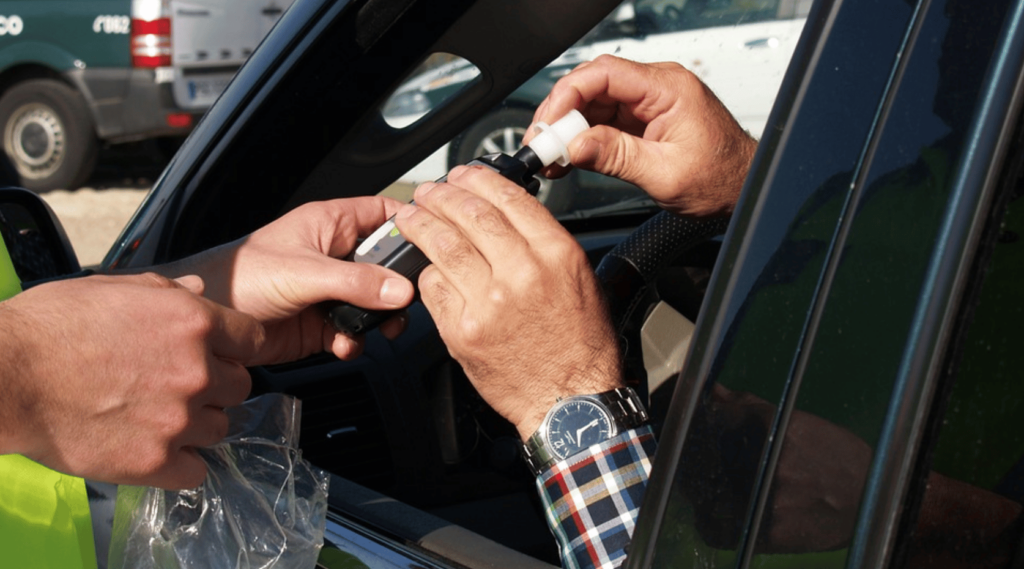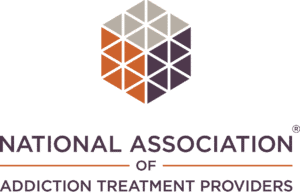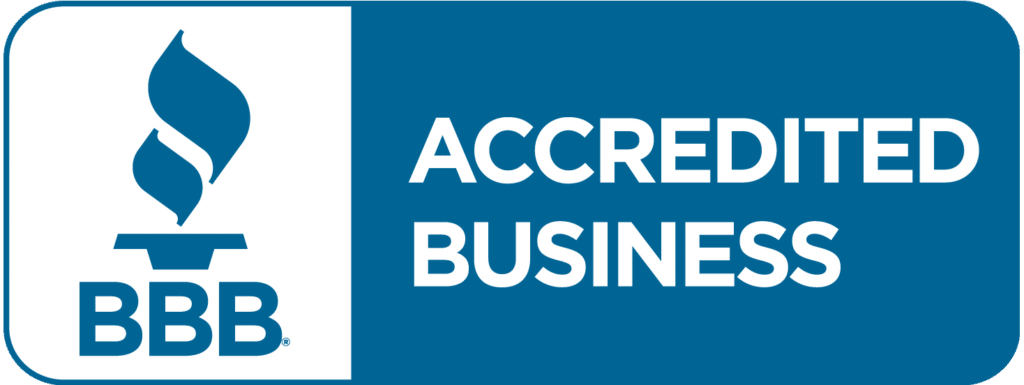Tapering Off Heroin Without Opiate Withdrawal Symptoms
One of the big reasons people can struggle when dependent on opioids is the opiate withdrawal symptoms. Opiate withdrawal symptoms can be severe and uncomfortable. Managing these symptoms can help you be in a better place to get addiction treatment and begin a life in recovery.
You may wonder how to get off opiates without withdrawal symptoms. The answers can include medical supervision, tapering off your dosage, and medications. Below we detail more about opiate withdrawal symptoms and what you can expect regarding the severity of withdrawal symptoms.
We’ll also talk about management options for this process of withdrawal.
What Are Opioids and Opiates?
Opioids and opiates are a class of drugs that affect the brain and central nervous system by slowing them down.
- The opioid drug class includes prescription pain medicines like morphine, oxycodone, and hydrocodone. Heroin is also an opioid.
- Increasingly, synthetic opioids that are highly potent like fentanyl are making their way to the streets.
- Using an opioid, by prescription or otherwise, changes how pain signals transmitted from your body to your brain. There’s also a slow down of your entire central nervous system. For example, if you use an opioid, you may feel sleepy. Your breathing and heart rate can slow as well, leading to a high risk of overdose.
- Opioids and opiates are all chemically related to one another. These substances interact with opioid receptors in your brain and body.
Even when you use an opioid by prescription, regular use can lead to abuse, addiction, and dependence. Overdose and death are also consequences of opioid use.
Opioid Dependence
Opioids are highly addictive. When you take an opioid, it interacts with your brain in a way that can create euphoria or feelings of being high.
- Those feelings and effects create a cascade effect in the brain.
- Neurotransmitters that make you feel good flood your brain.
- Then, your brain’s reward cycle experiences stimulation.
- All of these effects can lead to addiction.
- With opioid addiction, you experience out-of-control cravings and use because of the impact of the substance on your brain and your reward centers.
- Addiction is a psychological disease of the brain.
Dependence is different.
- Dependence usually occurs with addiction but sometimes happens on its own.
- For example, if you take opioids with a prescription, dependence can form even if you aren’t addicted.
- Dependence refers to physically depending on a substance to feel “normal.”
- Symptoms of dependence include tolerance.
- When you’re tolerant to an opioid, you need larger doses to feel the same effects, whether that’s pain relief or something else.
- Another symptom of dependence is withdrawal.
Symptoms of Opiate Withdrawal
The longer you take any opioid, whether by prescription or an illegal drug like heroin, the more likely dependence is to occur. Then, if you try to stop using the opioid suddenly, you may have withdrawal symptoms.
- Opiate withdrawal symptoms occur as your brain and body try to readjust without the effects of the drug.
- Even if you just cut back on your dosage, you might experience withdrawal symptoms.
- The severity can vary, but opioid withdrawal can be challenging to deal with in some cases.
Early symptoms of opioid withdrawal, which can occur within hours after you take the last dose, include:
- Anxiety
- Agitation
- Muscle aches
- Teary eyes
- Runny nose
- Yawning
- Sweating
- Insomnia and sleep problems
Later physical symptoms of withdrawal from opioids include:
- Abdominal cramps
- Joint pain
- Dilated pupils
- Goosebumps
- Nausea and vomiting
- Diarrhea
- Drug cravings
You may be wondering how long is opiate withdrawal symptoms expected to last.
- The simple answer depends on individual factors like your health, organ function, and weight, and body size.
- Other factors that play a role in how long opiate withdrawal lasts include the type of drug you typically use and how long you’ve been using it.
- Early stages of withdrawal symptoms begin anywhere from six hours to 30 hours after the last time you take an opioid for most people.
- Later stages usually begin around 72 hours after your last dose of the drug. These latter symptoms are generally when there’s a peak in the severity of what you experience.
With opiate and opioid withdrawal, the first week is usually the worst, but some symptoms can linger for weeks or even months. Depression, anxiety, fatigue, and sleep problems are the most common symptoms to stick around for more extended periods.
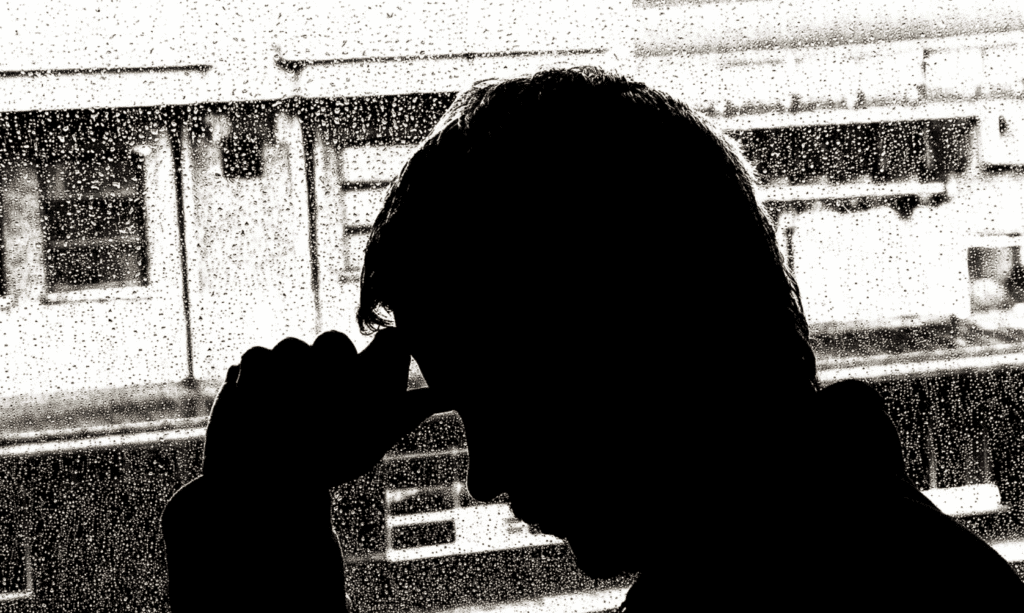
How To Get Off Opiates Without Withdrawal
Many people want to stop using opiates and opioids, but they can’t make it through withdrawal without taking the first step to recovery.
- If you can get help during withdrawal and manage your symptoms, then you’re more likely to be then able to receive addiction treatment and stop using the drugs altogether.
- There are options available that can help you as you go through opiate withdrawal symptoms.
- For severe or long-term dependence, going to an inpatient medical detox may be the best option for you. In an inpatient detox, you receive medical care and monitoring.
- A team of experts can provide you with medications and other treatments to minimize your symptoms and help you stay comfortable.
- Many addiction treatment programs include medical detox, so you can seamlessly transition into rehab after completing withdrawal to receive opioid use disorder treatment.
If your main goal is to figure out how to get off opiates without withdrawal symptoms, professional care and guidance are the only truly safe way.
You should speak to a health care provider before you attempt to stop using opiates, no matter what. Opiate withdrawal typically isn’t life-threatening, but it’s still something to talk about with your doctor. They may be able to help you with a safe tapering schedule at a minimum.
Treatments for Opiate Withdrawal Symptoms
Certain medicines have FDA approval to treat opioid withdrawal as well as addiction. These drug categories include:
- Opioid receptor agonists, which attach to opioid receptors in the brain. Due to their ability to attach to these receptors, opioid receptor agonists block withdrawal symptoms and cravings.
- Opioid receptor partial agonists partially activate opioid receptors, helping with cravings and withdrawal symptoms.
- Opioid receptor antagonists block the activity of opioid receptors in the brain, preventing the high you might experience with opioids. This blocking effect helps reduce cravings.
- Adrenergic receptor agonists are medicines that activate adrenergic receptors in the brain to reduce or alleviate symptoms of withdrawal.
Specific medications for opioid withdrawal symptoms are:
- Clonidine is a treatment that doesn’t fall into the above categories, but it can be used as part of an opiate detox to help with high blood pressure and other symptoms.
- Methadone is specifically for opioid dependence, although it’s more common for doctors to prescribe buprenorphine now. Methadone is a long-acting, mild opioid.
- Buprenorphine is available under brand names like Subutex and Suboxone, and it’s for the treatment of alcohol addiction and opiate withdrawal. Buprenorphine is a partial opioid agonist that reduces cravings, among other symptoms.
- Suboxone is a combination of buprenorphine and naloxone. Naloxone is an opioid blocker. Taking suboxone can help shorten the intensity of withdrawal symptoms.
The above are medication-assisted treatment options specific to opioid detox. Pain relief medications such as over-the-counter acetaminophen are helpful in some cases. Your health care team can use their discretion to treat individual symptoms as they occur during the withdrawal period.
The big thing to remember is that many effective treatments are available as you go through withdrawal from opioid addiction and dependence.
Contact the Silicon Valley Recovery team today by calling 408-547-4089 if you want to learn more about supervised detox and the treatments available to help you manage opiate withdrawal symptoms.
FAQs
What are 4 of the withdrawal symptoms?
Withdrawal symptoms can vary depending on the substance but commonly include anxiety, irritability, fatigue, and nausea. These symptoms occur as the body adjusts to the absence of the substance it has become dependent on. It’s important to manage these symptoms under medical supervision to ensure safety and minimize discomfort.
What are the withdrawal symptoms associated with opioids?
Opioid withdrawal symptoms can include anxiety, muscle aches, insomnia, sweating, nausea, vomiting, diarrhea, and increased heart rate. These symptoms can vary in intensity and duration depending on the level of dependency and the specific opioid used.
What happens to your body when you stop taking painkillers?
When you stop taking painkillers, your body may undergo withdrawal symptoms, which can include increased sensitivity to pain, mood swings, anxiety, and physical symptoms like nausea or sweating. The severity and duration of these symptoms depend on the type of painkiller, dosage, and duration of use. It’s important to consult a healthcare professional for guidance on managing withdrawal safely.
How long does a withdrawal take?
Withdrawal times can vary based on the method used. Bank transfers typically take 3-5 business days, while credit or debit card withdrawals may take 1-3 business days. E-wallets often process within 24 hours. Processing times can be affected by weekends, holidays, and verification requirements. Always check with your financial institution for specific timelines.
How long does it take for brain chemistry to return to normal after opioids?
The time it takes for brain chemistry to return to normal after stopping opioids varies depending on several factors, including the duration and intensity of use, individual physiology, and overall health. Generally, acute withdrawal symptoms may subside within a week, but it can take several months for the brain to fully adjust and for neurotransmitter levels to stabilize. Long-term recovery often requires ongoing support and treatment.
